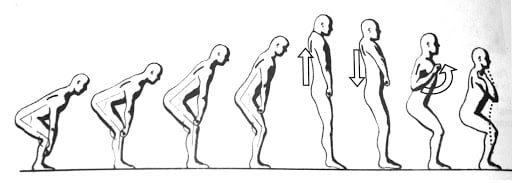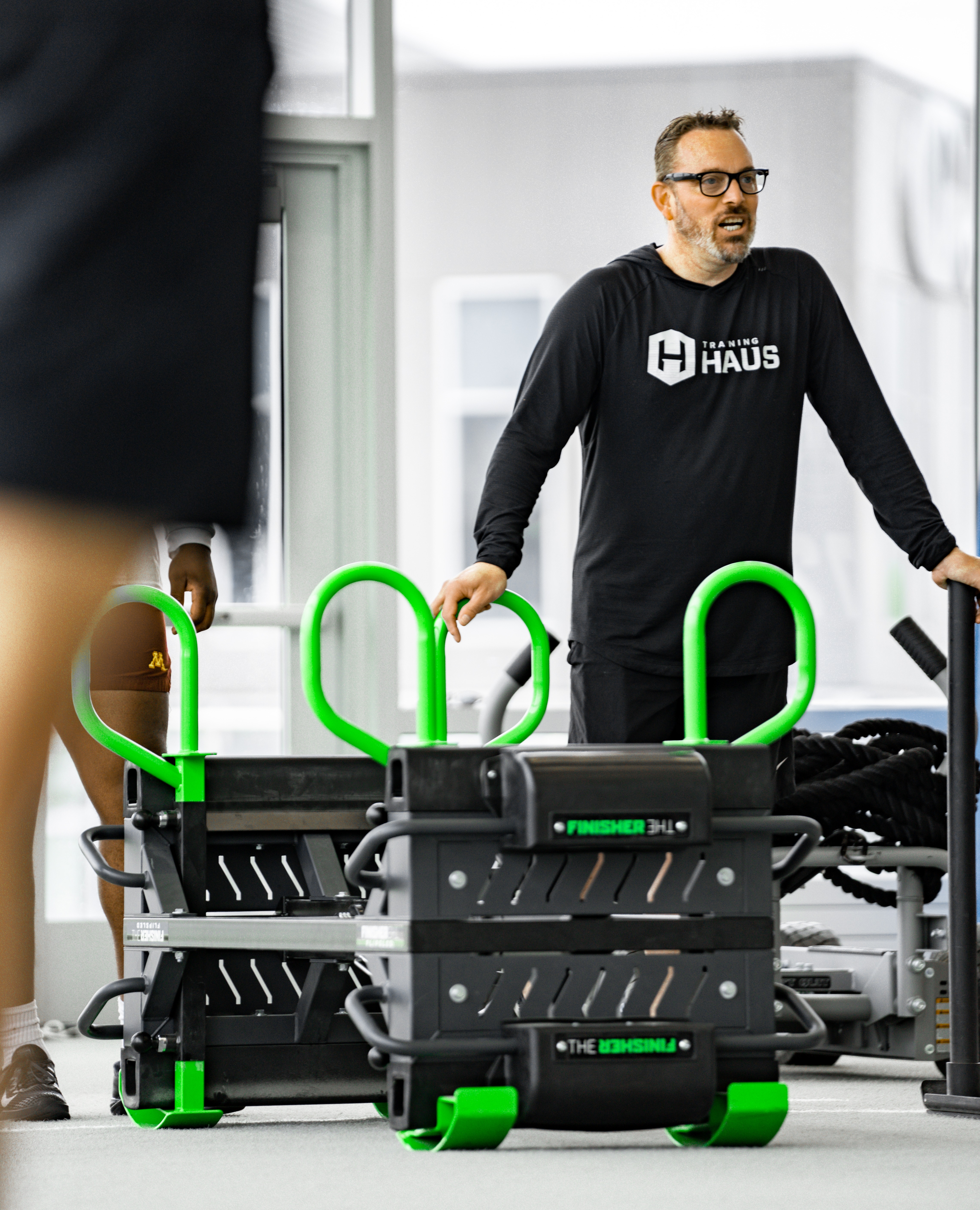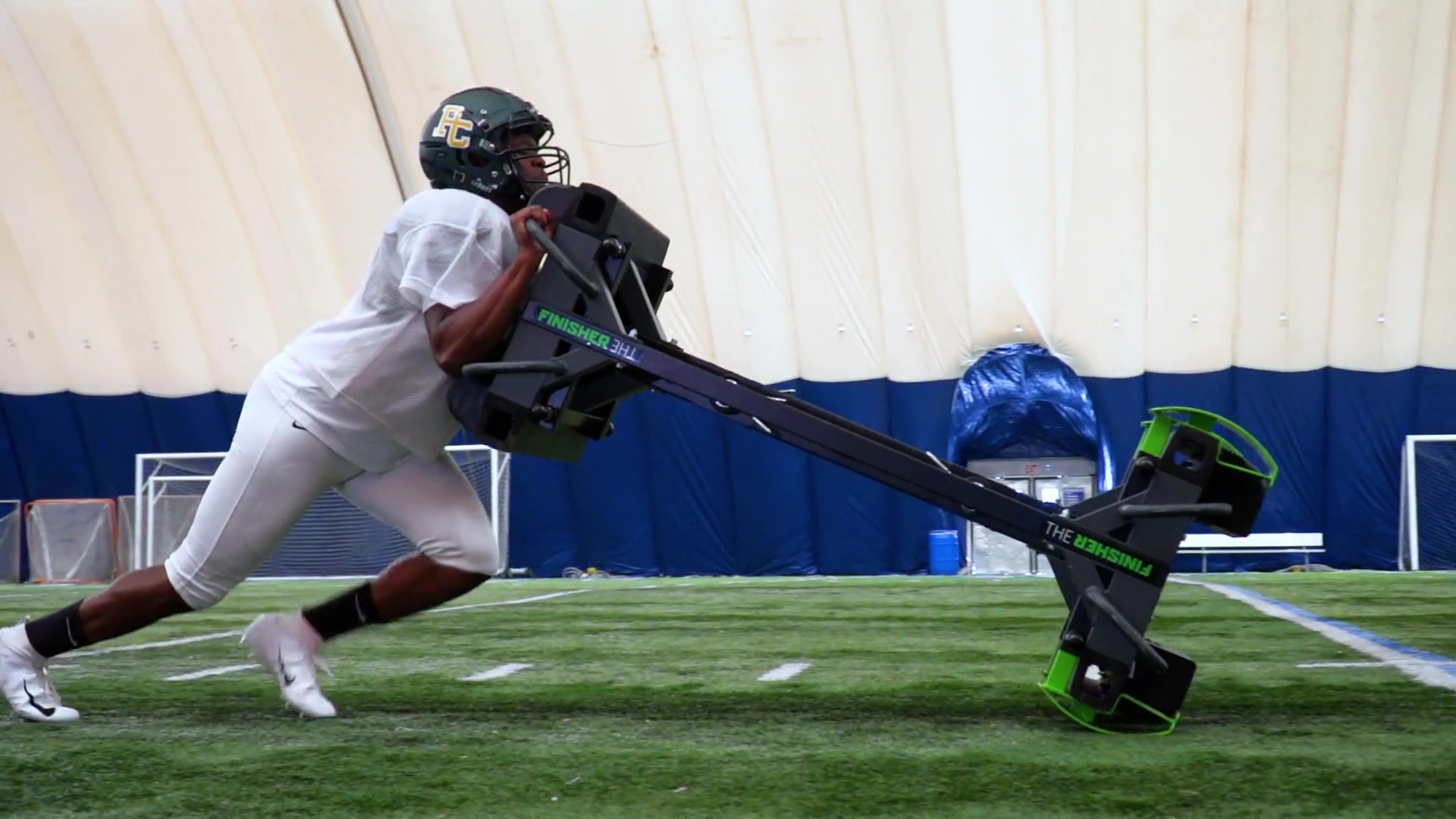How to Create More Powerful Football Movements:
Athletic success is mainly determined by the ability of an athlete to produce powerful movements (Haff et al., 2001). Explosive movements and power are important on all competitive levels, but is especially evident in the National Football League (NFL). Players being drafted to professional football leagues have shown how important it is to be bigger, faster, and stronger. These players are not only selected based on their physical stature, but also on their physical abilities, and are tested on such during the NFL combine (DeBeliso, Kinesiol & Roberts , 2018).
How do most coaches train their athletes for power? Ask them and they will say “Olympic lifts”. Olympic style lifts, power cleans, hang cleans, push presses and so on are actually throwing motions. The athlete is explosively throwing the weighted bar, and usually their body weight, vertically. Below you’ll see why these lifts are effective, and also where they are limiting.
Catching vs Finishing Through:
The first limitation is the athlete must catch the weight. This places a cloud of reservation on the lifter to “hold back” from maximal effort. Competitive lifters train for years to develop the skill and confidence to perform these lifts at their full potential. That can take years to achieve. Do you as a coach have that kind of time? In addition, the catch is usually where the injuries are most likely to happen. If you can eliminate the catch, the likelihood of injury decreases.
The FlipSled doesn’t force the athlete to catch the weight. With the FlipSled the athlete explodes through the top of the move, finishing it completely. Benefiting from the equivalent movement, but eliminating the ceiling and high risk of injury. This is going to allow the athlete to become more powerful faster than his or her peers.
Segmented vs Fluent Motion:
The second limitation relates to fluid motion. An Olympic lift is taught in segments or phases. The athletes are taught to repeat one segment of the lift over and over and when proficient, then that segment is added to another segment. This trains the athlete to move in phases.
A ground to push position on the FlipSled, similar to a power clean with a bar, can be learned in a few minutes. This coordinated movement neurologically trains the athlete to work as a synchronous system. A coach in Nevada told us he witnessed, among other things, that after training with the FlipSled consistently in the pre-season, his high school athlete’s bodies seemed to work more as a “system” and not a “series of parts” on the field during that season.

Vertical vs Vertical and Horizontal:
Finally, what sport requires only vertical movements? Power-lifting and Olympic lifting are the only two that come to mind. Ironically, for most sports, these are used as training tools for performance on the field, court, or mat, each of which for success must focus primarily on horizontal force. You want your athletes to move down the field, not up and over the field.
The FlipSled, because it is a lever that is designed to be thrown, inherently has a vertical AND horizontal component to each lift. This exploding up and INTO the opponent or object is lacking in more traditional lifts because the bar must be balanced by the lifter and can only move vertically. It's the perfect functional training tool that connects weight room training to the field.
Haff GC, Whitley A, Potteiger JA. A brief review: Explosive exercises in sports performance. Strength Cond J, 2001; 23(3): 13-20. https://elitetrack.com/article_files/explosive-exercise-performance.pdf
Roberts M, DeBeliso M. Olympic lifting vs. traditional lifting methods for North American high school football players. Turk J Kinesiol, 2018; 4(3): 91-100. DOI: 10.31459/turkjkin.439870 https://dergipark.org.tr/en/download/article-file/539065 .
Click here for more info on our FlipSled functional training sled.
Watch NFL Combine Trainer, Bill Welle, on the FlipSled.
Follow us on social media for daily fitness videos and inspiration!
https://www.instagram.com/theflipsled
You May Also Like
These Related Stories

Progressive Overload: FlipSled vs Tires
.jpeg?width=4664&height=4704&name=DSC06251-Edit%20(2).jpeg)
How to Train Explosively, Safer: Pronated vs Supinated Grip

.png?width=2004&height=239&name=FlipSled%20Logo%20HRZ%20WHITE%20(1).png)

